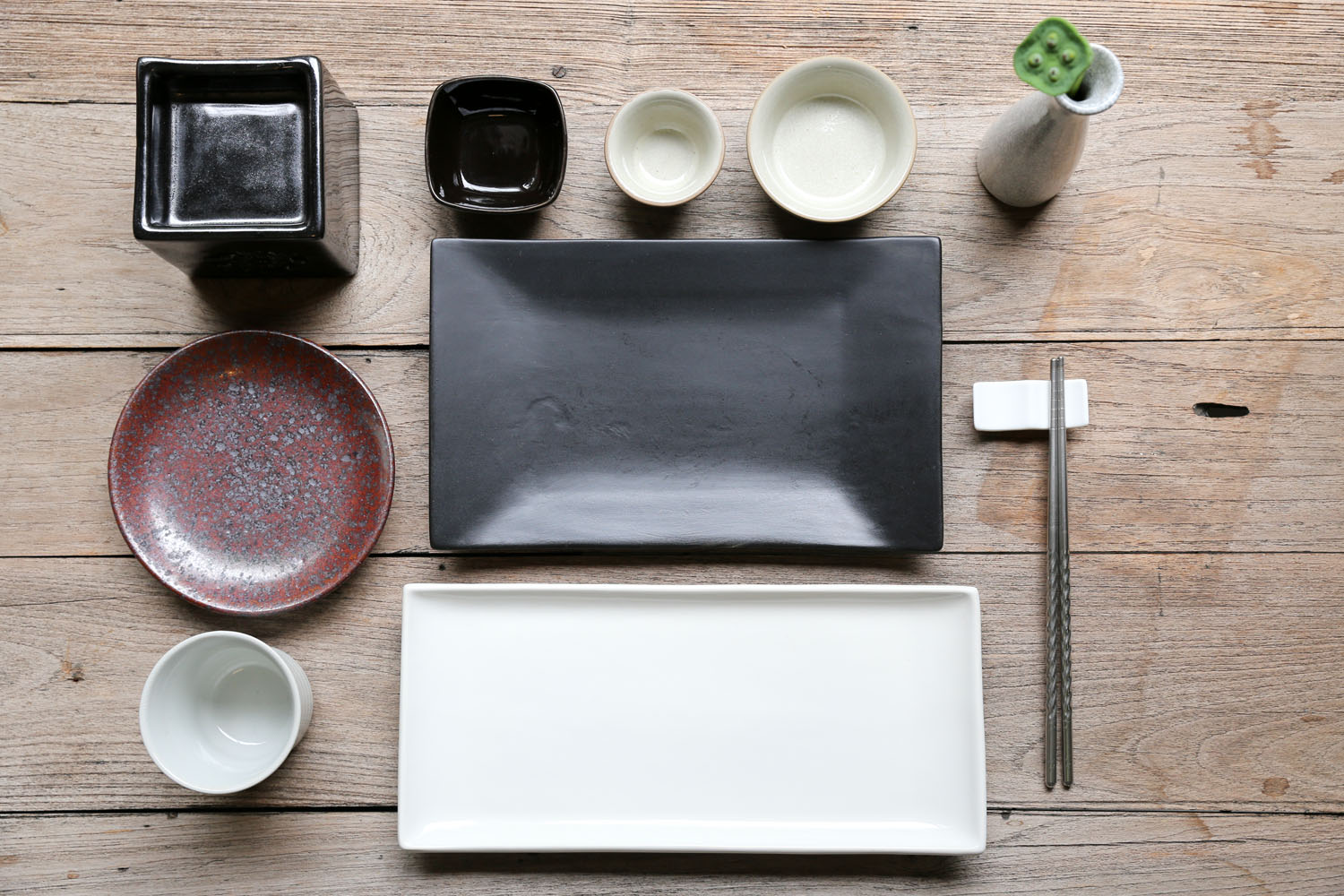

MASTER'S BOOK
ESSENTIAL JAPANESE KITCHEN ACCESSORIES AND EQUIPMENT
Japanese kitchen equipment
The Japanese treat the culinary arts as a crucial part of their everyday lives. Making dishes is thus a ritual, and traditional kitchen utensils are an integral part of that. Every kitchen utensil has its own history and production methods perfected over generations. Continued improvement of techniques enables Japanese kitchen utensils to last for years of making ritual meals, building the family and cultural identity of the residents of Japan.
Japanese kitchen accessories
The equipment used in Japanese cuisine has for centuries been made using high-quality, natural resources, which ensure that the tools are reliable and do not spoil the taste of dishes with artificial aromas. Faithful to their tradition, Japanese artisans use natural wood and bamboo. Sharp tools and equipment are forged from steel and iron, while highly decorative sets are traditionally made from terracotta and porcelain.
Bamboo in Japanese cuisine
Makisu, bamboo mats used to roll sushi, are arguably the most recognisable tool used in Japanese cuisine. Makisu come in different sizes, and chefs can select from bamboo sticks of different hardness to suit their individual needs. Bamboo is also used to make Shamoji – broad paddles for stirring rice, and chopsticks – both the ones used for eating and those used by cooks, which, due to their size, are perfect for making dishes.
Valuable nutrients
Traditional Japanese cuisine also emphasises preserving as many valuable nutrients as possible. This is why the Japanese use little bamboo baskets, originally from China, to steam-cook their dishes. Mushiki seiro can be placed over boiling water on top of one another, which allows for cooking several different ingredients at the same time.
Wooden utensils in Japanese cuisine
Wood is yet another material which can be used to make chopsticks. Hangiri, or large rice bowls, are made from wooden planks bound with metal hoops. Wooden boxes called Oshiwaku are used to make Oshizushi – a flat version of sushi.
Japanese knives
Knives are an especially important piece of Japanese kitchen equipment – not only are they a necessary tool, but they are also a symbol of a long-standing tradition. Japanese knives have been forged with care and reverence for more than a thousand years. They differ in shape and applications, which is why every Japanese chef has a vast array of knives in various shapes and sizes at their disposal. Thanks to hours of practice making traditional dishes, the chef knows that the Yanagiba is the perfect knife for sushi and sashimi, and is proficient in using the heavy Deba when preparing fish.
Japanese kitchen dishes
Japanese cuisine is also about proper serving and presentation of food. The dishes in which Japanese delicacies are served teem with colours and nature-inspired patterns. Seasons change, and the colours of nature change along with them. Traditionally, the type of service used for meals depended on the current season – this applied to both colours and decorative patterns. Nowadays, especially in Europe, this tradition is nowhere to be found, but colourful, patterned dishes still constitute an integral element of every Japanese meal.
Japanese tools of the trade
Proper tools and kitchen accessories are for Japanese master chefs what brushes, canvas and easel are for painters. Remaining faithful to the ages-old tradition, they use these tools to develop their cooking skills, creating aromatic masterpieces which not only taste great, but are a marvel to look at as well.














